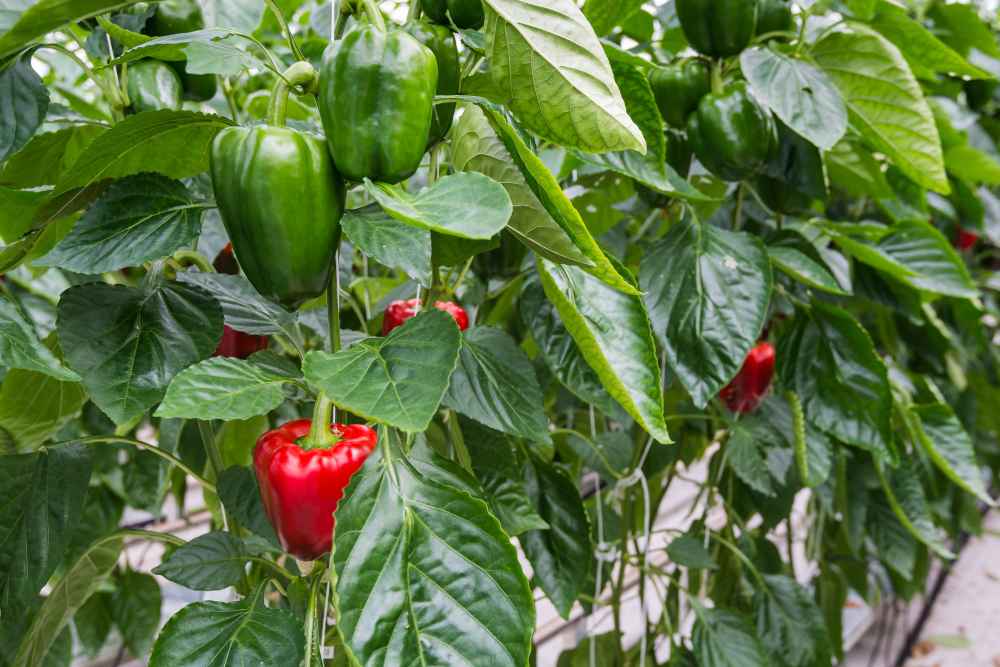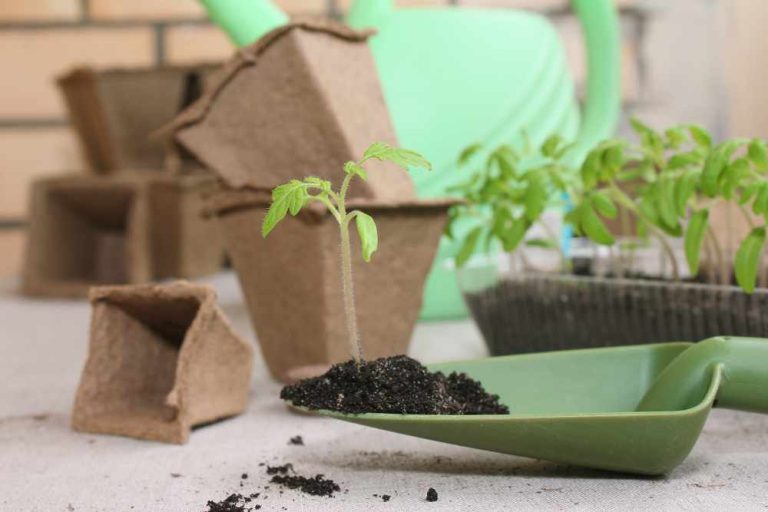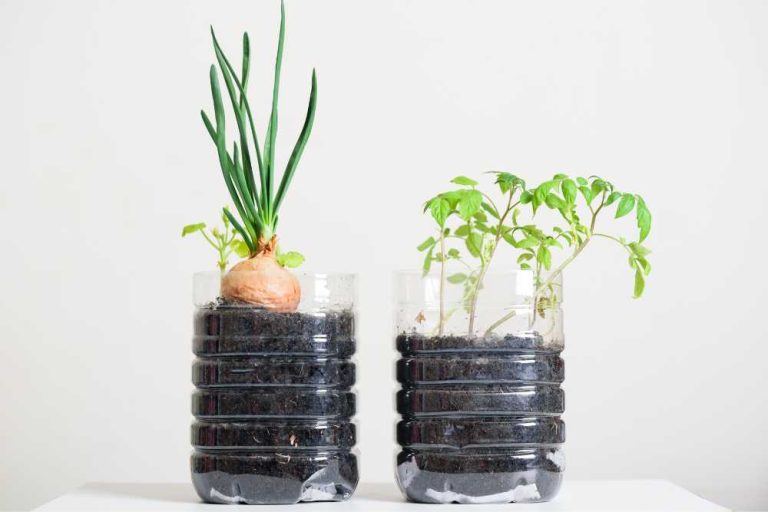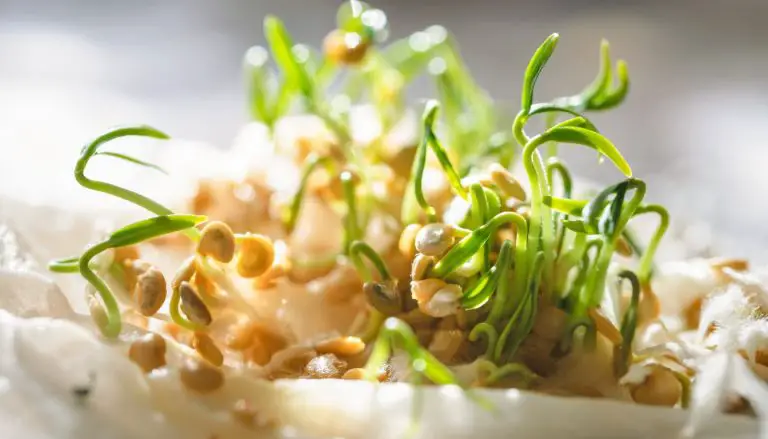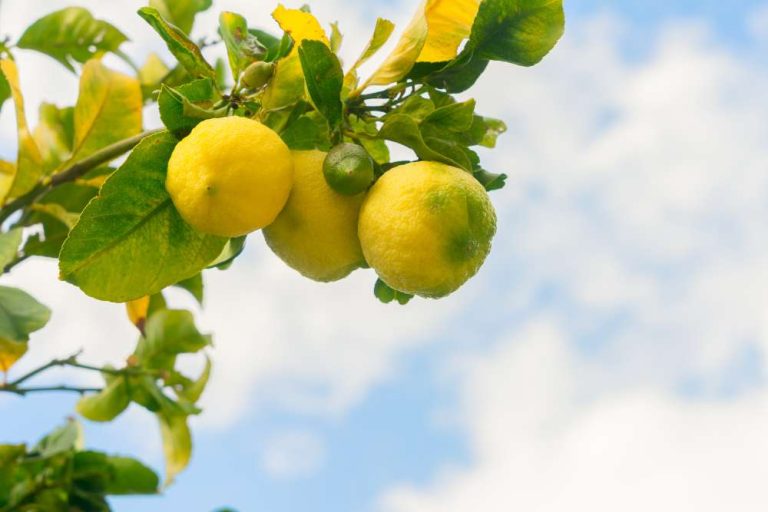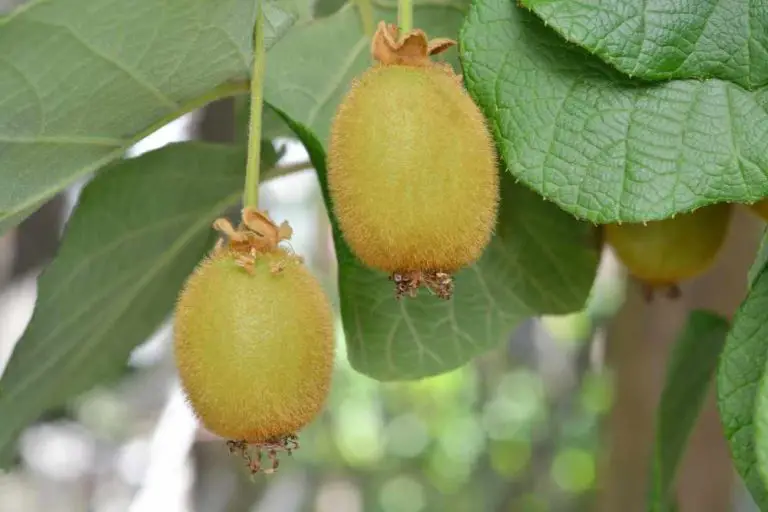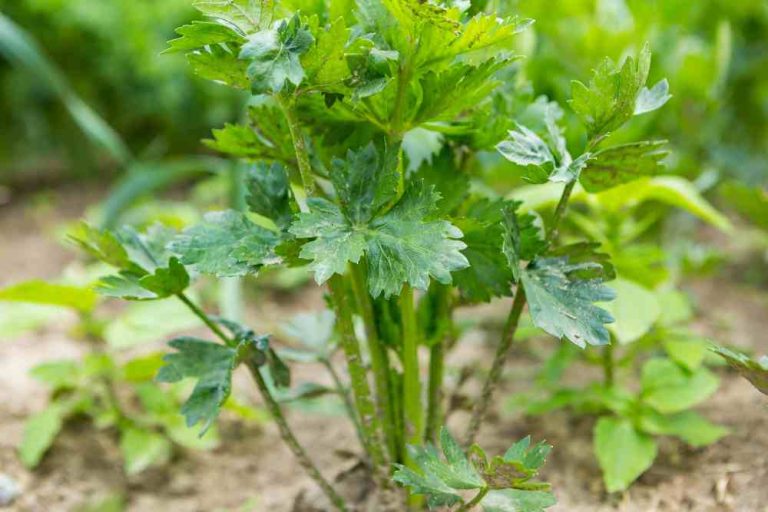Guide to Growing Peppers in a Greenhouse for Maximum Flavor
One of the major advantages of greenhouse gardening is the capacity to cultivate heat-loving plants. Growing pepper plants outside may be difficult if you live in a region with a limited growing season or extremely cold spring evenings. Fortunately, you can effectively be growing peppers in a greenhouse in virtually any climate!
Peppers grown in a greenhouse will satisfy everyone’s desire for fresh-from-the-garden peppers, whether mild and sweet or spicy and hot. Peppers are an exceedingly versatile and tasty vegetable.
There is something to suit everyone’s tastes, whether they prefer mild and juicy or hot and burning, and what better way to enjoy them than by preparing them yourself? They can be grown outside, but if you choose to grow them in a greenhouse, you’ll get a lot better harvest. Everything you need to know about growing peppers in a greenhouse will be covered in this tutorial.
Bell peppers, sometimes known as sweet peppers, are commonly seen in the salad section of the supermarket. They come in a variety of colors, are mild and sweet, and are great for cooking or eating raw. As sweet peppers are South American natives, it should come as no surprise that they favor hot, sunny conditions.
That is why greenhouses offer ideal growing environments. The secret to growing peppers in a greenhouse is to give them the things they need, such as space, light, heat, fertilizers, and water. Your pepper plants will grow quickly and yield a lot of delicious fruit if they receive an adequate quantity of all of them (but not too much).

This amazing vegetable is low in calories and a great source of potassium, vitamin C, vitamin A, fiber, folate, and iron. These are summer crops. Bell peppers are sweet; unlike their spicy cousins, they do not contain the chemical capsaicin/lipophilic, which creates a powerful burning sensation when it comes into touch with the mucous membrane. As a result, bell peppers taste sweet.
Heat and Light
Peppers prefer constant light at the appropriate temperature. It is sufficient to get at least 6 hours of light per day. The daytime greenhouse temperature should be between 25 and 28°C, and the nighttime greenhouse temperature should be between 16 and 18°C. You risk losing your plants if the temperature drops below 10°C – 12°C or rises above 35°C.
Humidity
High humidity levels will affect crop yields by reducing pollen release. Low humidity could cause the pollen to dry out and stop germination. For optimal germination, pollen must be produced and released at the ideal humidity level. For optimal growth, humidity should range between 65 and 85%.
Greenhouse Pepper Plant Soil
Peppers grow best in rich soil with sufficient calcium and phosphate. The ideal pH range is 6.5 to 7.0. The ideal soil temperature is around 21°C. As soon as the first fruits start to develop, add some fertilizer; however, don’t overdo it or the plant won’t produce enough fruit.
Planting Pepper From Seeds
Peppers come in a huge variety, each with their own special taste, level of spiciness, color, shape, and other characteristics. One of the main benefits of growing peppers from seed is the option to choose any type (as long as you can find the seeds). On the other hand, Peppers require some skill and a lot of patience to grow from seed. If your first plant patch isn’t ideal, don’t give up! It can take peppers, especially hot peppers, anywhere from one to four weeks to sprout, depending on the soil’s temperature and other factors.
Purchasing a few nursery starts is another strategy to increase your chances of success when growing peppers from seeds for the first time (which we’ll cover in a moment). However, there are a few things you can do to boost the possibility that your seeds develop into robust pepper plants that produce plenty of fruit.
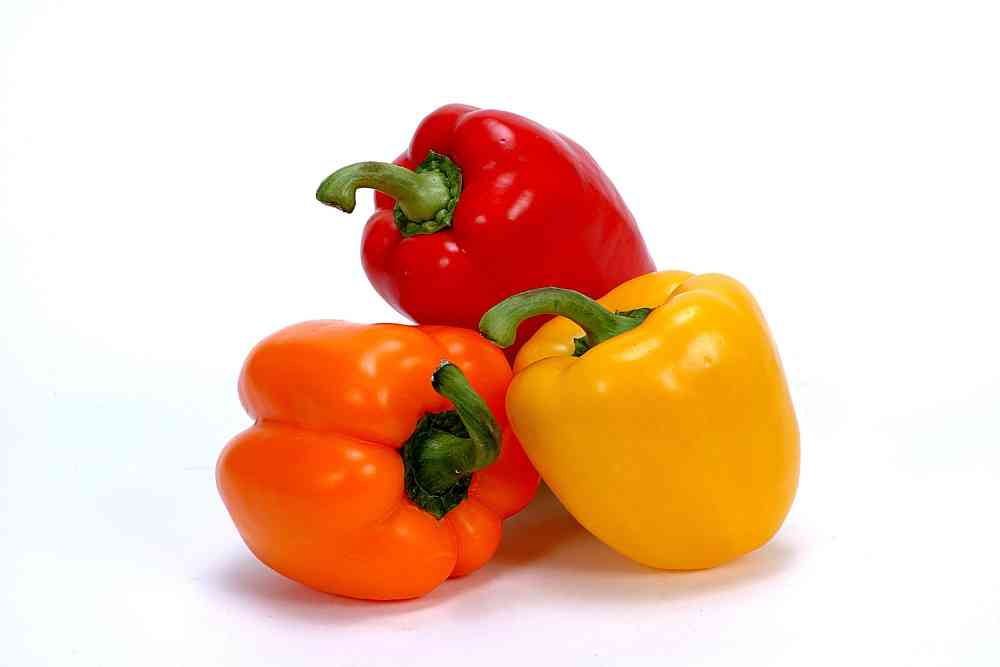
You can plant your pepper seeds in any type of seedling tray, according to the following tips.
- For the greatest outcomes, plant two to three seeds for every plant you hope to finish up with. Don’t worry about planting too many seeds; even if they all germinate, you’ll choose the seedlings with the best potential.
- Place your pepper seeds into your potting soil no deeper than 1/2 inch.
- Cover the tray to keep the heat and moisture in and make sure the soil is moist but not saturated.
- Don’t get disappointed if your peppers don’t appear right away; they might take anywhere from one to four weeks to sprout.
- Water the soil as it starts to dry out. The soil should be at least 70 degrees for best results.
- With a seedling heat mat, you can quickly raise or lower the temperature. Remove the cover as soon as the seedlings start to appear and make sure they receive enough light.
- Fertilize the seedlings with a 1/4-strength fertilizer solution as soon as the first set of true leaves appears.
- You can now thin your strongest seedlings.
Instructions For Transplanting Pepper Seedlings
- You can now begin transplanting your seedlings to a larger pot. You can repeat this process a few times before planting the plant in its final container or bed.
- For ideal spacing, place the pepper plants 18″ apart when planting them in the final location, or each plant should have its own nine-inch-diameter circle around it. This provides room for the roots to grow and absorb water. The best soil for peppers is deep, rich in organic matter, and has enough calcium and potassium.
Watering
Peppers dislike being in wet soil and need lots of moisture to grow well. You may test the soil moisture by simply feeling the top 2″. It’s time to water your pepper plants if it seems dry. Hold off on planting if the soil is still wet to prevent overwatering your delicate peppers.
You might need to water your pepper plants every day when the weather becomes warmer. If possible, water them frequently and adequately to prevent unnecessary stress. To reduce your work, you can install watering systems in your greenhouse, but be careful to monitor the soil and make adjustments as needed.
Harvesting Peppers
To prevent the more fragile sections of the plant from breaking when you pull on the peppers themselves, it is recommended to harvest peppers using scissors, a sharp knife, or a similar tool.
When harvesting peppers, avoid rubbing your face or eyes, since the compounds that make them fiery and sour may be quite irritating to the skin and eyes, especially with the stronger peppers. The only thing left to do is to reward yourself for your hard work and perseverance with a fantastic supper or snack!
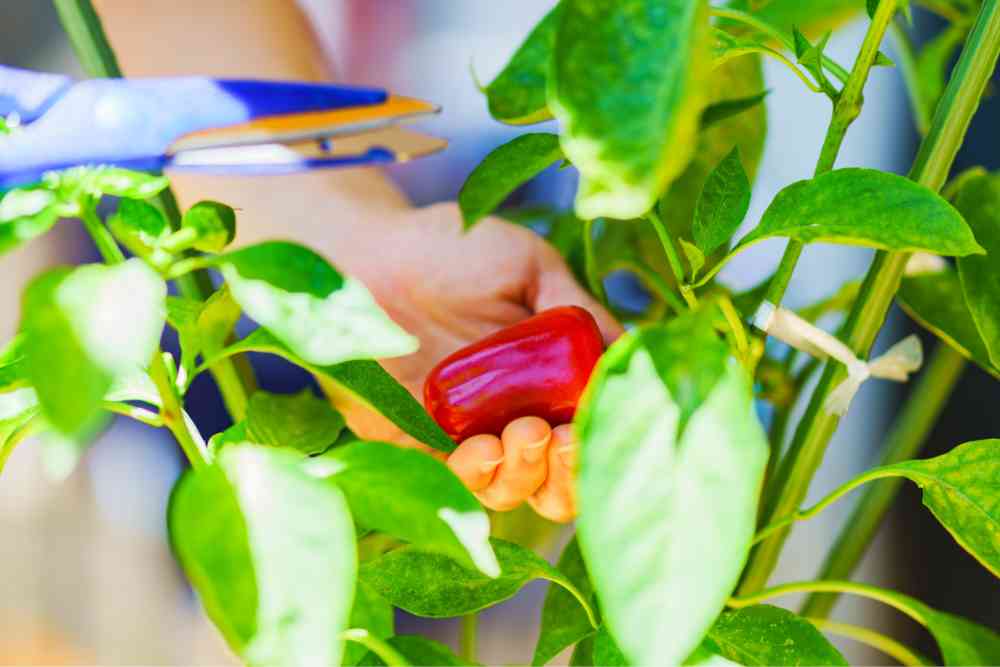
How to maintain your greenhouse peppers in storage.
- You can keep bell peppers in plastic bags in the refrigerator for about ten days after harvesting.
- Another technique involves drying the bell peppers in the oven.
The procedure is as follows: Peppers should be washed, cored, and seeded. Cut into 1/2-inch strips. Steam for around 10 minutes before spreading on a baking pan. Dry until brittle in the oven at 140°F (or the lowest setting feasible), stirring occasionally and alternating the locations of the trays. Place the peppers in bags or storage containers once they have cooled.
Diseases And Pests To Avoid
Many pests are drawn to the fresh, green leaves and luscious fruits of pepper plants. You should watch out for common pests like flea beetles, aphids, snails, and slugs. Make sure you undertake crop rotation to avoid infection by the majority of insect pests. Avoid planting the same kind of plant in the same location for two consecutive seasons; instead, wait at least three to four seasons to disrupt the pests’ normal life cycles.
To get rid of surface pests like aphids, simply blast them with a strong water hose. To avoid injuring your plants’ leaves or sopping the soil, be careful not to use this technique too frequently. You should also avoid using it on delicate seedlings.
And lastly, before they are fully ripe, birds are infamous for taking peppers! Fortunately, unless you frequently leave doors or windows open, dealing with birds is unlikely if you’re growing your peppers in a greenhouse. The easiest way to stop them from entering if this is the case is to simply cover these openings with a mesh screen.
Weed Management
Your pepper plants’ production levels will decrease as a result of weeds robbing the area around them of resources.
Also, they will lower the soil’s moisture content, which could stress the pepper plant and decrease both the quantity and quality of the yield. Shutter ventilators in greenhouses can be used to prevent wind-borne weeds from getting to your soil, and placing cover fabric can effectively prevent weeds from developing and robbing your plants of their resources.
There’s also the old-fashioned option of inspecting the soil surrounding your plants every day and plucking away anything that doesn’t belong. Regularly performing this task will make it quick, and give you the opportunity to examine the quality and health of the plants, look for pests, measure the moisture of the soil, and other things.
Here are our suggestions for maximizing your pepper yield:
- Plant them any time between the middle of February and the beginning of April in lots of high-quality compost to aid with water retention. You have the option of sowing them in trays or individual pots, spaced around 18 inches apart.
- Plant your peppers in an area of the greenhouse that receives at least six hours of direct sunshine daily.
- Keep the soil continually moist because peppers need a lot of water, especially in warmer weather. Giving them at least an inch of water every four days is a good general rule of thumb; if it’s hot outside, give them more frequently.
- Around three weeks after planting, feed with a high potash liquid fertilizer at half strength with each watering.
- Harvest when they appear to be ready! You can do this when they’re ripe but still green, or after they’ve developed their full color.
- 20+ Chic Boho Bedroom Ideas for a Cozy and Stylish Retreat - June 20, 2024
- 12+ Modern Boho Living Room Ideas to Create a Unique Oasis - June 10, 2024
- 10 Stunning Canopy Bed Ideas for a Dreamy Escape - May 16, 2024

